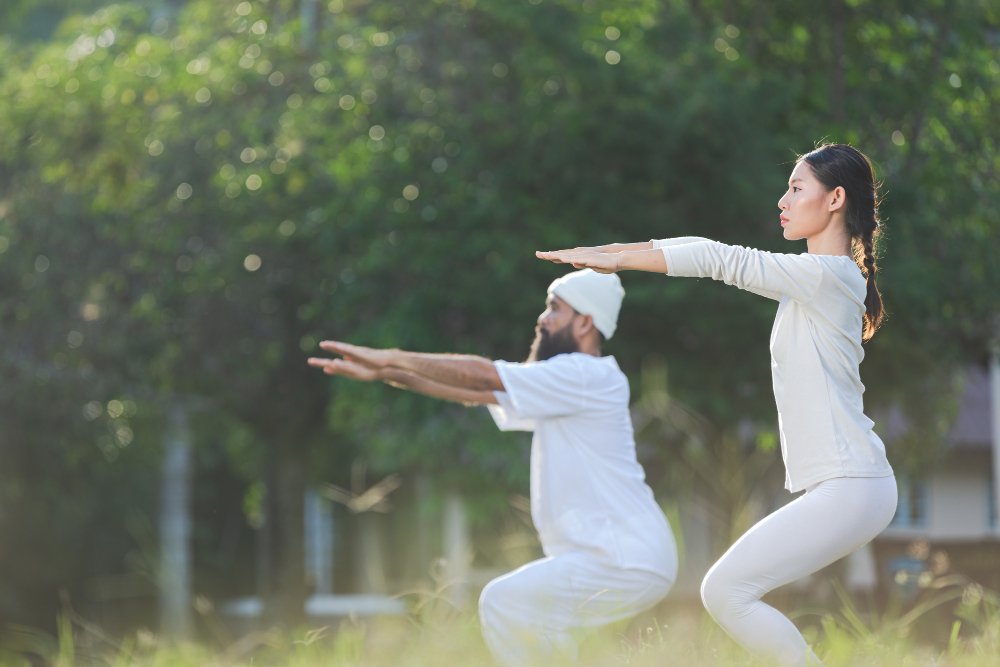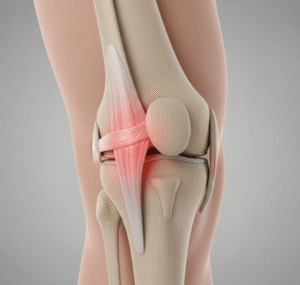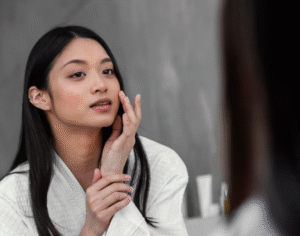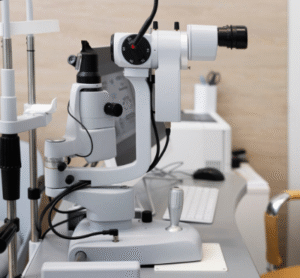South Korea’s aging population is inspiring a new movement focused on healthy aging, relaxation, and holistic wellness. Across the country, senior wellness retreats are emerging as popular destinations that blend traditional Korean healing practices with modern health science. Designed specifically for older adults, these retreats aim to rejuvenate both mind and body, offering programs that promote physical vitality, emotional balance, and social connection. This trend reflects Korea’s growing emphasis on preventive healthcare and quality of life for its senior citizens.
The Rise of Wellness Tourism for Seniors
With longer life expectancy and a focus on active living, seniors in Korea are increasingly seeking opportunities for restorative travel that supports their health and well-being.
● Changing Demographics: Nearly 25% of Koreans will be over 65 by 2030, creating a strong demand for senior-friendly wellness experiences.
● Active Aging Culture: Today’s seniors are healthier, more independent, and more interested in self-care, fitness, and nutrition than past generations.
● Post-Pandemic Awareness: COVID-19 increased awareness of mental health, immune strength, and outdoor wellness — making nature-based retreats especially appealing.
● Government and Industry Support: Korea’s Ministry of Culture, Sports and Tourism (MCST) has launched programs to develop “silver tourism” destinations that cater to older travelers’ physical and emotional needs.
These shifts are turning wellness retreats into essential components of Korea’s healthy aging strategy.
What Senior Wellness Retreats Offer
Senior wellness retreats are designed to provide both relaxation and rehabilitation, combining leisure with health improvement. Most retreats operate in scenic locations such as Jeju Island, Gangwon Province, Jeolla’s countryside, and mountain resorts — places known for fresh air, natural hot springs, and tranquil surroundings.
● Personalized Health Assessments: Guests undergo initial checkups that include blood pressure, fitness levels, and stress analysis to design customized programs.
● Exercise and Mobility Classes: Gentle yoga, tai chi, walking therapy, and aqua fitness sessions improve flexibility and strength while reducing joint pain.
● Nutritional Counseling: Dietitians design anti-inflammatory and low-sodium meal plans, often incorporating Korean superfoods such as kimchi, seaweed, and ginseng.
● Mindfulness and Stress Relief: Meditation, music therapy, and forest bathing sessions help manage anxiety and promote emotional well-being.
● Medical Consultations: Many retreats partner with hospitals or clinics to provide medical checkups, physiotherapy, and chronic disease management.
● Community Bonding: Shared meals, group activities, and cultural workshops help seniors build friendships and overcome loneliness.
These programs encourage older adults to care for their physical health while nurturing inner peace and social connection.
Integration of Traditional and Modern Healing
Korea’s senior wellness retreats often blend traditional Korean medicine (Hanbang) with contemporary wellness techniques.
● Herbal Therapy: Treatments use natural herbs like ginseng, licorice, and angelica to boost energy and improve circulation.
● Acupuncture and Moxibustion: These therapies help relieve chronic pain, insomnia, and digestive issues common in older adults.
● Hot Spring Therapy (Oncheon): Thermal spas in areas like Yuseong, Dogo, and Seoraksan promote relaxation, improve blood flow, and soothe arthritis symptoms.
● Aromatherapy and Massage: Holistic massage and essential oil treatments reduce muscle tension and stress.
● Mind-Body Balance: Combining Korean mindfulness practices with meditation and light exercise encourages emotional stability and resilience.
By merging traditional wisdom with scientific understanding, these retreats offer a uniquely Korean approach to senior wellness.
Leading Wellness Retreat Destinations
Several regions are establishing themselves as premier destinations for senior wellness in Korea.
● Jeju Island: Known for its clean air, volcanic spas, and coastal trails, Jeju is home to eco-retreats that focus on respiratory and cardiovascular health.
● Gangwon Province: Mountain resorts and forest lodges offer healing programs centered on hiking therapy, meditation, and herbal nutrition.
● Jeolla Province: Farm-style wellness villages combine organic food experiences, relaxation, and cultural immersion for visiting seniors.
● Gyeongju and Daejeon: These cities have medical-wellness centers combining hospital-grade services with resort-like comfort.
Many retreats also partner with local communities to offer cultural experiences such as pottery, calligraphy, and tea ceremonies — enriching both physical and spiritual well-being.
Government and Corporate Initiatives
The Korean government actively supports the growth of senior wellness tourism through policy and investment.
● Well-Aging Campaigns: National health initiatives promote “well-aging” — aging gracefully through balanced diet, exercise, and mindfulness.
● Smart Wellness Infrastructure: The MCST collaborates with provincial governments to build wellness clusters equipped with spas, health centers, and lodging.
● Partnerships with Medical Institutions: Hospitals provide medical staff and facilities for retreats, ensuring safe and reliable care.
● Corporate Involvement: Companies like Hyundai E&C, SK, and Hanwha are investing in senior-friendly resorts that combine leisure with preventive healthcare services.
These collaborations highlight how wellness tourism is evolving into a national strategy for elder well-being.
Social and Psychological Benefits
Beyond physical health, these retreats address one of the most overlooked challenges in aging — emotional isolation.
● Reducing Loneliness: Group settings allow seniors to interact and form friendships, reducing feelings of isolation.
● Boosting Confidence: Structured programs help seniors maintain independence and self-esteem through active participation.
● Lifelong Learning: Educational workshops on cooking, art, or mindfulness give older adults a sense of purpose and accomplishment.
● Intergenerational Connection: Some retreats invite youth volunteers or family members to join activities, promoting shared experiences across generations.
This holistic approach to wellness ensures that seniors return home refreshed not just physically, but mentally and socially as well.
Technology and Smart Wellness Solutions
Innovation is also enhancing the senior wellness experience.
● Wearable Health Devices: Retreat guests use smartwatches to monitor heart rate, steps, and sleep quality, with data shared directly with on-site health teams.
● AI Wellness Coaches: Some facilities use AI-based systems to recommend diet, exercise, and relaxation plans tailored to individual needs.
● Virtual Health Classes: Post-retreat, participants can continue yoga or meditation sessions online to maintain habits.
● Telehealth Support: Remote consultations allow follow-up with doctors or nutritionists even after returning home.
This digital integration ensures that wellness doesn’t end at checkout — it continues as part of everyday life.
Challenges and Future Potential
While senior wellness retreats are growing in popularity, challenges remain:
● Affordability: High-end programs can be costly for low-income seniors, prompting calls for government subsidies and public wellness resorts.
● Accessibility: Transportation and mobility-friendly infrastructure are essential to include seniors with limited physical abilities.
● Awareness: Many seniors remain unaware of available programs or hesitate to travel due to health concerns.
● Workforce Training: Retreat staff need specialized knowledge in geriatric care and hospitality.
Addressing these challenges will help make senior wellness tourism more inclusive and sustainable.
Future Outlook
The future of senior wellness retreats in Korea looks bright, driven by innovation, compassion, and community.
● Nationwide Expansion: More retreats are expected to open in scenic rural areas, turning Korea into a “well-aging destination.”
● Integration with National Health Programs: Wellness retreats may become part of government-supported preventive health packages for seniors.
● Cultural Tourism Connection: Wellness experiences will increasingly include K-culture and Hanbang healing traditions, attracting both domestic and international seniors.
● Eco-Friendly Development: Sustainable architecture and organic cuisine will make retreats both healthy and environmentally responsible.
Together, these trends highlight a vision of aging that celebrates vitality, mindfulness, and joy.
Final Thoughts
Korea’s rise in senior wellness retreats represents more than a travel trend — it’s a reflection of a society redefining aging through health, harmony, and connection. By blending medical science, cultural tradition, and natural beauty, these retreats are giving seniors new ways to live fully and age gracefully.
● Wellness is not a luxury — it’s a right for every generation.
● Healthy aging begins with self-care, community, and connection.
● Korea’s senior retreats are turning longevity into a lifestyle of joy.
Through this growing wellness movement, Korea is showing the world that caring for the elderly means nurturing the body, mind, and spirit — creating a culture where aging is celebrated, not feared.













